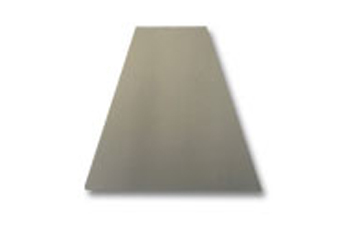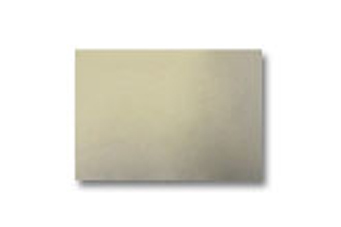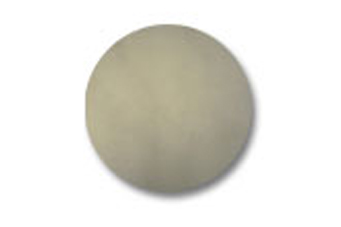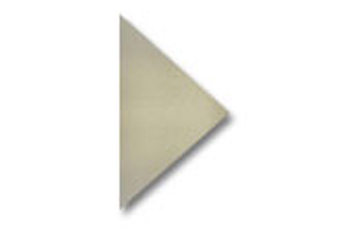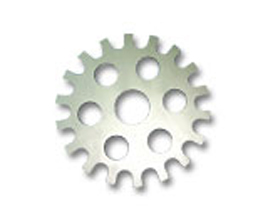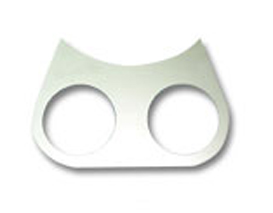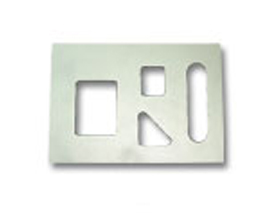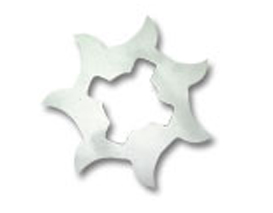Stainless steel & special alloy steel
Welcome to Sambu Stainless Forging Co., Ltd., a specialist supplier of stainless steel and special alloy materials.
Sambu Stainless Steel Forging specializes in stainless plate cutting and holds a large inventory of major stainless-steel grades, 304(l) and 316(L), ranging from 9T to 100 T. The company has adopted the latest plasma cutting M/C and the latest PC/NC operation method from HYOERTHEM in the United States and has many years of experience in performing large-scale cutting (maximum width: 3200mm ~ maximum length: 12500mm) and complex model cutting.
Plasma cutting is a method that melts and removes the material to be cut by narrowing the arc using a metal nozzle and intensively projecting a high temperature, flow rate, and high energy density beam onto the cutting area.
Equipment
| Thickness | Circle | Square |
|---|---|---|
| 10~50T | 10 | 5 |
| 51T~80T | 15 | 10 |
| 81T~100T | 20 | 20 |
| Specific Gravity | Strength |
|---|---|
| 7.93 | 304, 304L, 321 |
| 7.98 | 316, 316L, 309S, 347, 317 |
Cr to steel
- Knife Blade(1.5%Cr)
- When added: Poor molding
- A small amount added: severe rust generation
- Study of corrosion characteristics (1820) M. Faraday (England)
17% Cr
- 1904 ~ 1909
- Glesen (Germany)
- L.Guillet, A. Portevin (France)
Martensite
Austenite
- L.Guillet (France) announced three types of stainless steel
- 1910 ~ 1915 (corrosion characteristics research)
- Austenitic: Maurer, Strauss (Germany)
- Ferrite type: Danitzen, Becket (America)
- Martensitic: Brearley (England)
- Martensitic: Brearley (England)
Stabilized stainless steel Precipitation hardening stainless steel
| Type | General carbon steel | Stainless steel |
|---|---|---|
| Shape | Fe-oxide layers | Cr203 layers |
| Characteristics | Thick and porous layer; easier for external oxygen to penetrate | Thin and dense layer; easier for external oxygen to penetrate |
